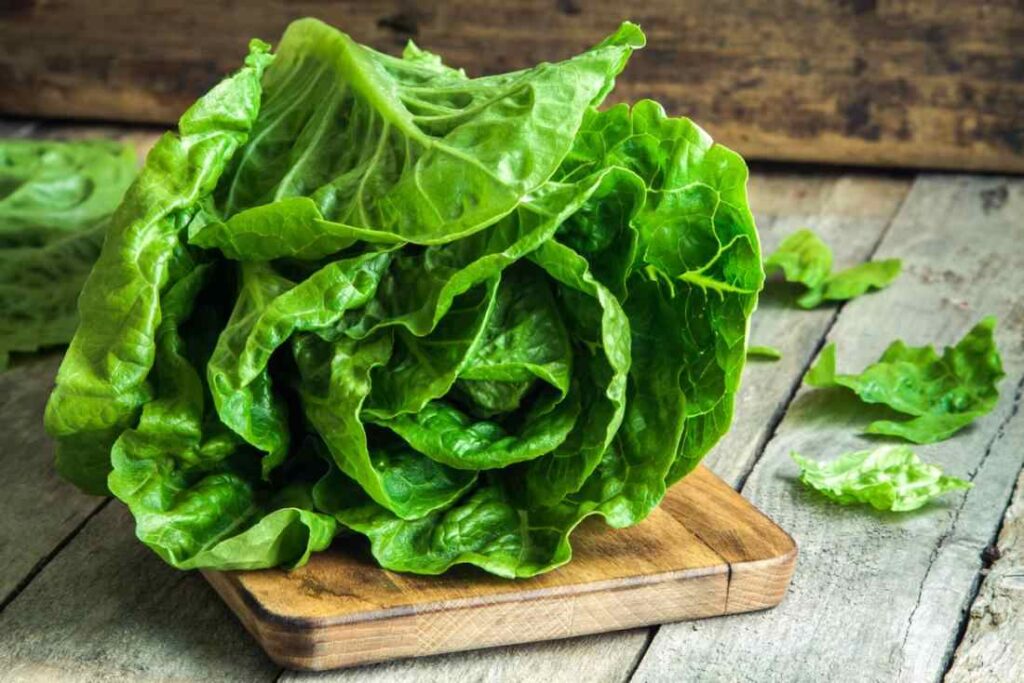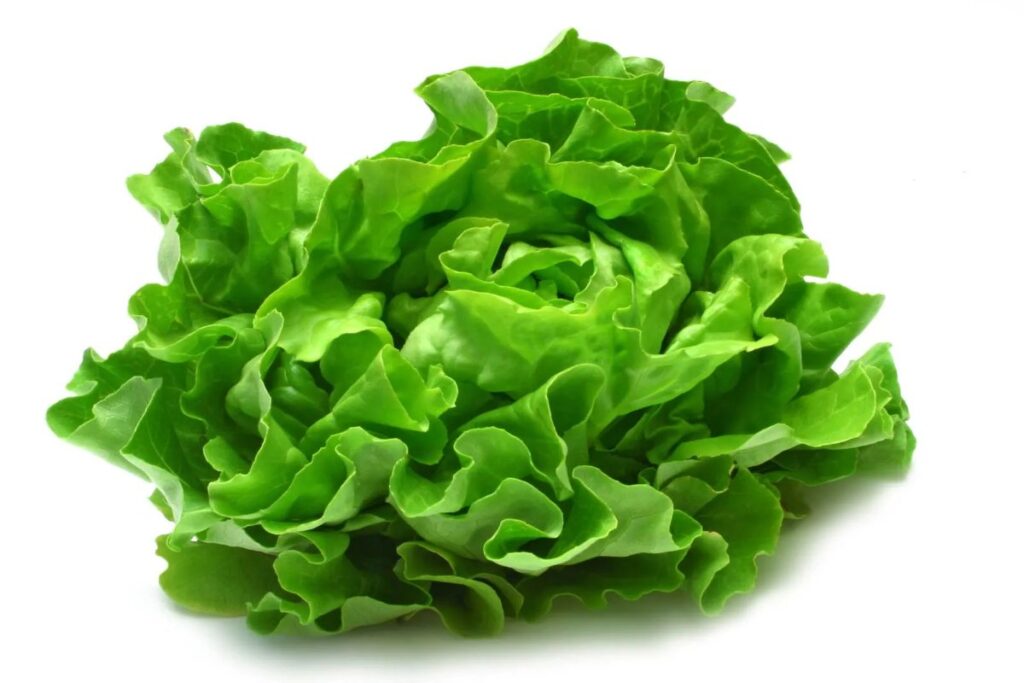The scientifically called Laruca sativa L. Lettuce is a popular vegetable and a versatile addition to a diet. Its versatility is shown in seven main types: cos or romaine, butterhead, leaf, stalk, crisphead, latin, and oilseed.
Each type has its color, taste, and nutritional value. Rich in folate and vitamin C, lettuce improves cellular function and immunity. Moreover, its richness in compounds like carotenoids gives it its antioxidant properties, which prevent oxidative stress and inflammation.
A daily dose of lettuce is more than salads. Its benefits are as vast as its taste. So, let’s explore the health benefits of lettuce and how to incorporate it into your diet.
Provides Essential Nutrients
Lettuces, like romaine and butterhead lettuce, are a good source of certain essential nutrients, such as folate and vitamin A. Folate is a B vitamin that catalyzes vital bodily metabolism, including red blood cell development and cellular division.
ALSO READ: Can Fruits and Vegetables Prescription Improve Health?
The demand for folate increases by 50%, particularly during pregnancy. One cup of romaine contains 63.9 micrograms (mcg) of folate, which is a huge amount for both pregnant and non-pregnant individuals.
Lettuce is also rich in vitamin A, which aids growth and development, cellular communication, immune function, and other crucial processes. Like folate, vitamin A is needed during pregnancy to support fetal growth and the mother’s health during pregnancy and breastfeeding.
By generously serving 205 micrograms per cup, romaine lettuce provides vitamin A, which covers 23% of the daily value (DV) for vitamin A, set at 900 mcg. Lettuce also has a high vitamin K content. Getting enough vitamin K is important for bone health and blood clotting.
Source of Protective Plant Compounds
Lettuce is rich in plant compounds such as carotenoids, phenolic acids, and flavonoids, all known for their cellular-protective properties. Furthermore, lettuce is high in the carotenoids beta-carotene and lutein, which have antioxidant effects in the body. Notably, antioxidants fight and neutralize highly reactive compounds called free radicals.

ALSO READ: What Are the Health Benefits of Tomatoes?
Free radicals are byproducts of metabolic activities. When they overwhelm the body’s antioxidant defenses, they result in oxidative stress, which triggers damage to cells and causes chronic inflammation.
Moreover, it quickens the aging process and is associated with several diseases, including heart disease and certain cancers. According to a comprehensive 2024 review, increased carotenoids, beta-carotene, and lutein reduced breast cancer risk by 24%.
Elevated blood levels of carotenoids, including β-carotene and lutein, which are concentrated in lettuce, also protect against heart disease and age-related macular degeneration (ARMD). Notably, ARMD is an eye disease that’s increasingly causing vision loss in older people.
Lettuces also has polyphenol compounds, such as caffeic acid, kaempferol, and quercetin. Studies reveal that polyphenols fight against everyday health conditions like neurodegenerative disease, heart disease, and stroke. They prevent these diseases by supporting blood vessel health, reducing inflammation, and controlling blood lipid levels.
Reduces Disease Risk and Support Mental Health
Proper vegetable consumption is a cornerstone in improving one’s well-being and staving off the onset of chronic health conditions. Decades of scientific findings have shown that people who consume more vegetables, particularly raw ones like lettuce, tend to have lower rates of chronic diseases like cancer, type 2 diabetes, and more.
This is because vegetables like lettuce are low in calories but high in protective plant compounds, vitamins, and minerals.
How to Incorporate Lettuce in Your Diet
One lovely way to enjoy lettuce is by making a nutrient-rich salad. Pairing raw lettuce with other vegetables like carrots, peppers, and cucumbers creates a refreshing dish. Another way to enjoy lettuce is by adding it to sandwiches, tacos, and burritos. It’s usually crunchy and adds a nice contrast to the fillings.

If you want a lighter option, consider using lettuce leaves as wraps. Stuff the leaves with cooked ground chicken and vegetables for a low-carb meal option. Notably, lettuce also lends itself well to beverages, particularly when added to homemade green juices and smoothies. Varieties like romaine add a fresh taste to these drinks.
However, grilling lettuce may be an exciting trial if you want uncommon dishes. You can top grilled lettuce with cheese and seeds or nuts. Lastly, add fresh lettuce to rice and noodle bowls for a crunchy texture and refreshing taste.
You Might Also Like:
Matthew McConaughey’s Wife Goes Viral for Her Oscars Dress
Jennifer Lopez’s Ex-Husband Unveils 7th Child in New Photo for the First Time
Kourtney Kardashian Shares Postpartum Bikini Pics, Rejects Bounce Back Pressure
Russell Simmons Reacts to News of His 21-Year-Old Daughter Dating a 65-Year-Old Guy
New Study Finds Cancer Rates Rising in Young People Due to “Accelerated Aging”
